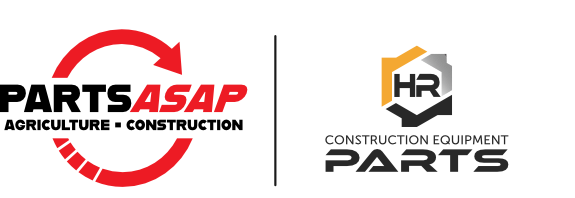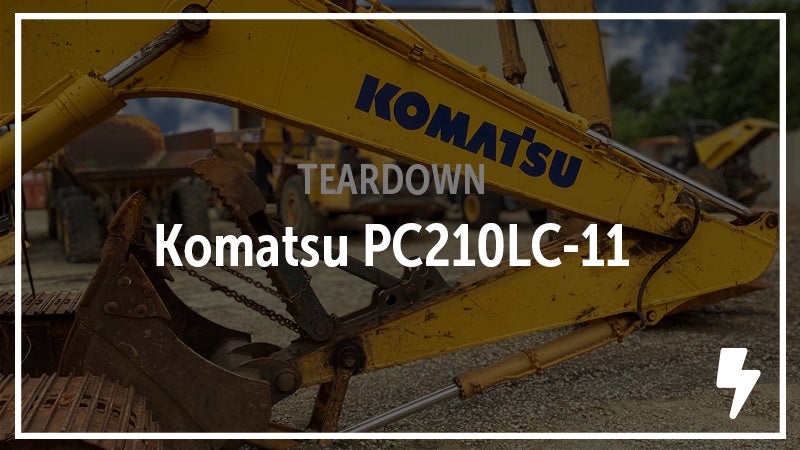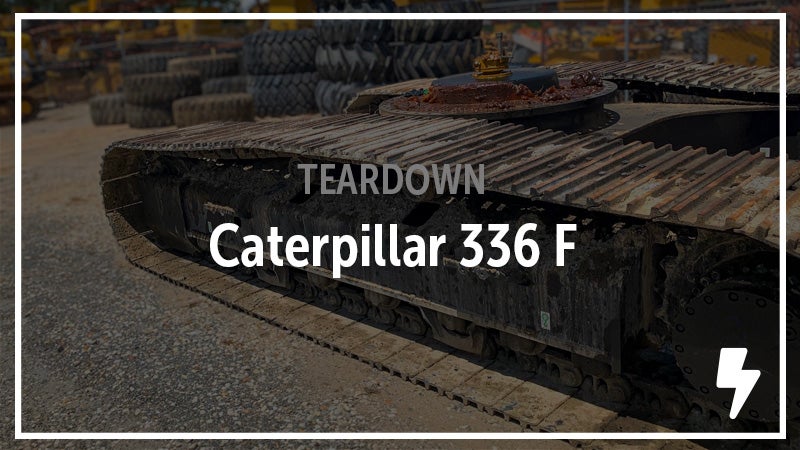
6 Tips for Staying Safe From the Heat on the Worksite
If you’re in the U.S. right now, it's likely that every week on your worksite somebody says something akin to: “It’s a real scorcher.”; “It’s hotter than blazes out today.”; “I’m sweating my socks off.”; or whatever phrase is your regional equivalent for “It’s hot outside.” And looking at heat indexes across the country, they’re right — it is hot outside and it looks like it's only getting hotter.
But heatwaves are about more than just being uncomfortable working outside. This summer, many parts of the country will experience the levels of heat stress that can lead to worker injuries and issues. After an especially searingly hot and humid day, it occurred to us that maybe it would be a good time to send out a few short tips for avoiding heat-related issues on the worksite.
First though, please remember that this information is only a condensed reminder about ways to think about creating a heat safety plan. When creating your full heat safety plan, please consult the proper sources and guidelines. For your reference:
Read on for six short tips to help you keep safe on your worksite when the heat index is high, and be safe this summer.
Plan Your Workday
It can’t always be helped, but taking a few minutes the day before or even in the morning to create a schedule that works best with your workers and weather conditions is often a simple step to reducing heat risks. Create a schedule that considers the time of day, the temperature and humidity levels throughout the day, and the amount of sun exposure required for the work.
Everyone’s been deep into a job under a blazing sun and wondered why they’re doing that work during a hot noon when they spent a cool morning working in the shade. After a while factoring in the heat during planning will become as routine as everyday worksite planning like knowing what machines are on site or when a delivery will arrive.
A smart workday should consider the effects of the heat on a crew and anything that could reduce them, as well. If work has to be done during the hottest part of the day, bringing in an extra machine to reduce the amount of human force needed or more frequently rotating out crews can help you reduce the amount of time any one worker spends in a poor heat environment.
When planning the day, take time to also plan in some kind of acclimation period since going straight from a cooled environment to a hot environment can raise the initial heat stress on an individual.
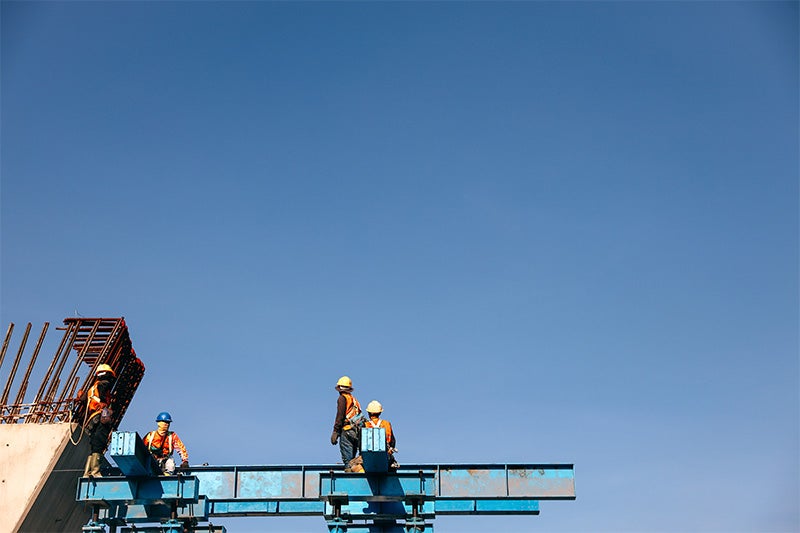
Provide Heat Relief
Simply avoiding the heat isn’t always feasible. The nature of a construction site means work sometimes has to be done in a hot environment and time can’t be taken to reschedule projects for cooler temps. But the impacts of high heat can often be reduced through taking time to provide heat relief to workers.
When workers have to work in the hot sun, adding shaded areas through a simple, wall-less tent and ensuring there is always abundant, cooled water and time to get a drink can provide quick relief and reduce heat stress. Even creating a cooled water tank that allows workers to submerge their hands and forearms can greatly reduce heat stress since cooling these areas can have a direct impact on the entire body.
Since not every heat issue exists outside, it's also important to look for ways to provide heat relief when working in hot conditions indoors. Fans to cool and ventilate an area, shielding and barriers to reflect heat, and techniques to minimize steam exposure can all be implemented to reduce heat injuries when working in hot environments.
Monitor Working Conditions
Sometimes spotting heat conditions that could affect worker health is as simple as holding out your hand and feeling the heat around you, but everyone gets busy and monitoring the heat isn’t always a priority. Since what can start out as a cool day can quickly turn into one where the heat can have an impact, being sure to monitor the heat conditions throughout the day can prevent trouble from coming on unnoticed.
At the most basic, the first step to monitoring heat conditions is often to put someone in charge. Designating a person to monitor conditions that could lead to heat injuries, providing them with adequate training to spot problematic heat conditions, and ensuring they have access and authority to implement any heat relief efforts when needed can help ensure the issue stays top of mind.
Since not all people experience heat conditions the same, providing workers with smart tools for monitoring conditions can also ensure better accuracy. A WetBulb Globe Temperature monitor or the use of the OSHA-NIOSH Heat Safety Tool App can make measuring heat conditions fast and simple.
Dress for the Job
One of the toughest issues to tackle when negotiating high heat exposure is balancing safety issues. If a job requires heavy protective clothing, a worker might be tempted to leave it off when high heat conditions hit, trading one safety issue for another. To help with balancing, take time to consider the required safety clothing and look to provide relief to those required to wear specific clothing that will affect their heat exposure. When workers are on break, encourage them to remove heat trapping clothing and provide them with extra time to discourage them from keeping it on when they could be cooling.
If safety clothing is less of an issue, encourage workers to wear clothing that protects them from the sun while also sufficiently breathes and allows the body to cool. Sweating is a body’s natural cooling mechanism so clothes that trap humidity against the body can also trap heat.
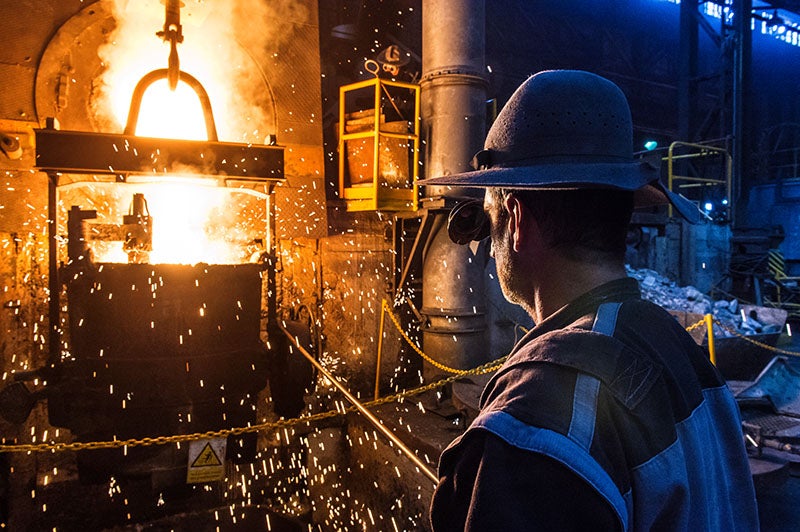
Watch Your Coworkers
Like many safety issues, spotting your own symptoms of a growing heat issue can sometimes be harder than spotting them in a coworker. By ensuring the entire team is watching each other’s backs, you can increase the chances of catching heat issues before they become problems. Workers should be trained to spot the signs of health-related heat issues and encouraged to speak up if a coworker is displaying them. Many of the signs of heat related health issues can be found in the OSHA-NIOSH Heat Safety Tool App.
Fainting or general unsteadiness, sweating profusely, and developing heat rashes are clear signs of heat exhaustion, but many heat-related issues don’t manifest as directly health-related, instead accidents occur from the symptoms. Falls from overexertion, machine accidents from a loss of focus, and even collisions from clouded eyewear blocking vision can all have heat-related causes at their centers. Being vigilant of your co-workers can help you prevent injuries to yourself and them alike.
It’s also important to note that heat related injuries don’t exist uniformly across all workers. Instead extra precaution should be taken to monitor and support workers who might be more likely to experience an issue. In a study of heat related injuries, researchers noted that the rate of injuries were higher for workers who were new to the job. If a new worker hasn’t had time to build up a heat resilience or a returning coworker has been out of the high heat environment long enough to lose some of their heat resilience, taking extra care to monitor and provide relief can help avoid issues.
Cool Down During Downtime
According to the CDC, people who live in homes that lack cooling are more likely to experience heat related injuries because they aren’t given heat relief during off time. While access to a cooled environment at home for you or your coworkers might not always be simple to control, taking steps to ensure downtime provides relief and doesn’t exacerbate issues can help reduce heat related injuries.
Hopefully this guide was the pat on the back you needed to remind you that you’re on the right path for minimizing heat related injuries. To learn more and make sure you’re doing all you can don’t forget to visit the OSHA: Working in Outdoor and Indoor Heat Environments site for fuller details.
Here’s to hoping we all experience a problem-free, safe, and productive summer.
